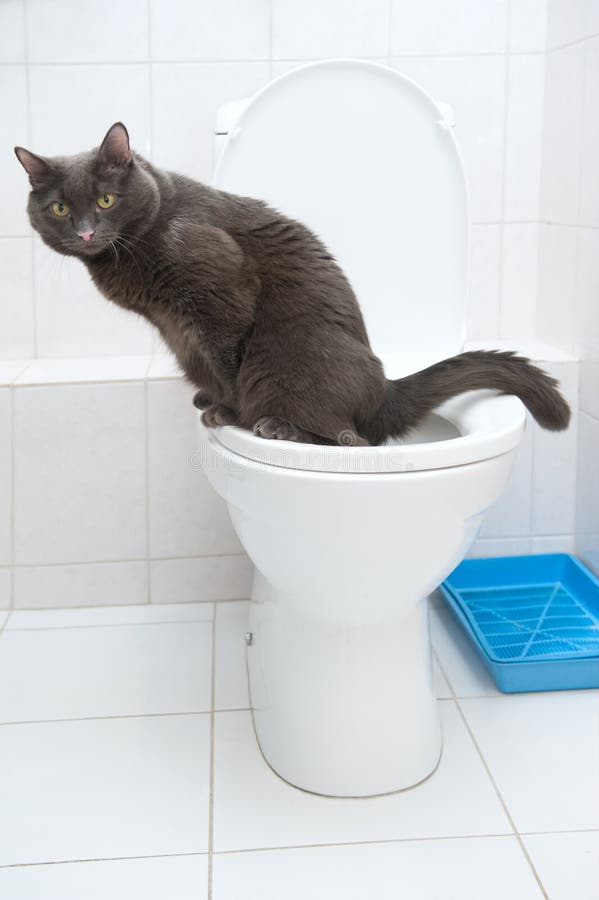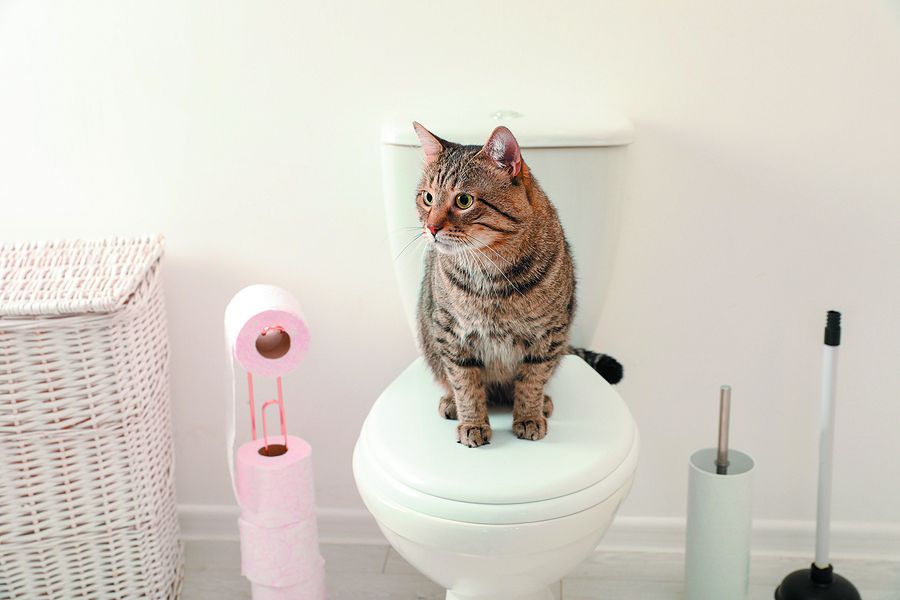Your Effects of Flushing Animal Waste Down the Toilet
Your Effects of Flushing Animal Waste Down the Toilet
Blog Article
Are you looking for selective information on Why you should never flush dog poop down the toilet?

When it comes to throwing away waste, specifically animal waste, many individuals frequently consider the hassle-free option of flushing it down the commode. Nevertheless, this apparently simple option can have significant consequences for the setting and public health. In this short article, we'll check out why flushing pet waste down the bathroom is a negative idea and give different approaches for appropriate disposal.
Introduction
Proper garbage disposal is vital for keeping ecological sustainability and public health. While it may seem harmless to purge animal waste down the toilet, it can result in various problems, both for the atmosphere and human well-being.
Dangers of flushing animal waste
Ecological effect
Purging animal waste presents damaging microorganisms and microorganisms right into rivers, which can adversely influence aquatic environments. These microorganisms can contaminate water resources and harm marine life, interfering with delicate communities.
Public health concerns
Animal waste contains unsafe germs such as E. coli and Salmonella, which can posture serious health and wellness risks to people. Purging pet waste down the toilet can pollute water materials, resulting in the spread of conditions and infections.
Alternatives to flushing
As opposed to flushing pet waste down the commode, there are numerous alternate disposal techniques that are much more eco-friendly and hygienic.
Composting
Composting pet waste is an eco-friendly means to dispose of it. By composting, raw material is broken down right into nutrient-rich soil, which can be utilized to feed yards and plants.
Landfill disposal
Getting rid of pet waste in a landfill is another choice. While not as environmentally friendly as composting, it is a more secure choice to flushing, as it avoids the contamination of water sources.
Family pet waste disposal systems
There are specific family pet waste disposal systems available that safely and hygienically get rid of animal waste. These systems usually make use of enzymes to break down waste and remove odors.
Actions to correct pet waste disposal
To ensure correct disposal of pet waste, comply with these steps:
Scooping and bagging waste
Regularly scoop and bag animal waste making use of eco-friendly bags. This avoids waste from polluting the atmosphere.
Making use of assigned waste containers
Dispose of bagged pet waste in assigned waste containers, such as compost containers or landfill bins. Stay clear of flushing it down the toilet in all expenses.
Cleaning up can and family pet areas consistently
Frequently clean litter boxes and family pet areas to avoid the build-up of waste and microorganisms. Usage pet-safe cleansing products to maintain health.
Benefits of proper disposal approaches
Embracing correct disposal techniques for pet waste provides several advantages:
Reduced environmental pollution
Correct disposal methods minimize the danger of environmental pollution, protecting rivers and ecosystems from contamination
Reduced risk of water contamination.
By preventing flushing pet waste down the toilet, the threat of water contamination is dramatically reduced, guarding public health.
Enhanced hygiene and hygiene
Appropriate disposal methods advertise much better sanitation and hygiene, producing a much safer atmosphere for both people and pets.
Conclusion
Finally, flushing pet waste down the toilet is damaging to the atmosphere and public health. By embracing alternate disposal approaches and following proper waste monitoring techniques, we can minimize the adverse effect of animal waste and add to a cleaner, healthier world.
What To Do With Dog Poo – The Do's And Don'ts Of Disposing Of Faeces
Dog poo bins
Some councils provide dedicated dog waste bins in popular dog-walking areas that can take dog poo that has been bagged but you can legally dispose of dog waste in any public litter bin, as long as it is securely bagged. This also applies to your wheelie bin at home.
Do not flush
Water companies do not recommend flushing dog faeces down the toilet because certain parasites can survive the water processing treatment and are potentially harmful to humans. You should also never consider flushing dog poo that has been bagged down the toilet as the bags will not break down and instead create severe blockages in the sewage system.
In the woods
The Forestry Commission promotes a ‘stick and flick’ method for dealing with waste in the woods. This means finding a stick and using it to flick any poo from off the path so that it is out of the way of other walkers. You could also bury it as long as it is not in an area where there might be livestock.
Livestock
Parasites found in dog poo can be transmitted to livestock if they inadvertently eat infected faeces that has been left on grazing land. This could result in the death of sheep or abortion in cattle so you should always make sure you pick up your dog’s waste in fields where livestock could be present.

Frequently clean litter boxes and family pet areas to avoid the build-up of waste and microorganisms. Usage pet-safe cleansing products to maintain health.
Benefits of proper disposal approaches
Embracing correct disposal techniques for pet waste provides several advantages:
Reduced environmental pollution
Correct disposal methods minimize the danger of environmental pollution, protecting rivers and ecosystems from contamination
Reduced risk of water contamination.
By preventing flushing pet waste down the toilet, the threat of water contamination is dramatically reduced, guarding public health.
Enhanced hygiene and hygiene
Appropriate disposal methods advertise much better sanitation and hygiene, producing a much safer atmosphere for both people and pets.
Conclusion
Finally, flushing pet waste down the toilet is damaging to the atmosphere and public health. By embracing alternate disposal approaches and following proper waste monitoring techniques, we can minimize the adverse effect of animal waste and add to a cleaner, healthier world.
What To Do With Dog Poo – The Do's And Don'ts Of Disposing Of Faeces
Dog poo bins
Some councils provide dedicated dog waste bins in popular dog-walking areas that can take dog poo that has been bagged but you can legally dispose of dog waste in any public litter bin, as long as it is securely bagged. This also applies to your wheelie bin at home.
Do not flush
Water companies do not recommend flushing dog faeces down the toilet because certain parasites can survive the water processing treatment and are potentially harmful to humans. You should also never consider flushing dog poo that has been bagged down the toilet as the bags will not break down and instead create severe blockages in the sewage system.
In the woods
The Forestry Commission promotes a ‘stick and flick’ method for dealing with waste in the woods. This means finding a stick and using it to flick any poo from off the path so that it is out of the way of other walkers. You could also bury it as long as it is not in an area where there might be livestock.
Livestock
Parasites found in dog poo can be transmitted to livestock if they inadvertently eat infected faeces that has been left on grazing land. This could result in the death of sheep or abortion in cattle so you should always make sure you pick up your dog’s waste in fields where livestock could be present.

I came across that blog posting on Why you should never flush dog poop down the toilet while perusing the web. For those who enjoyed reading our blog posting if you please make sure you remember to pass it around. Thanks so much for taking the time to read it.
Suggested Site Report this page